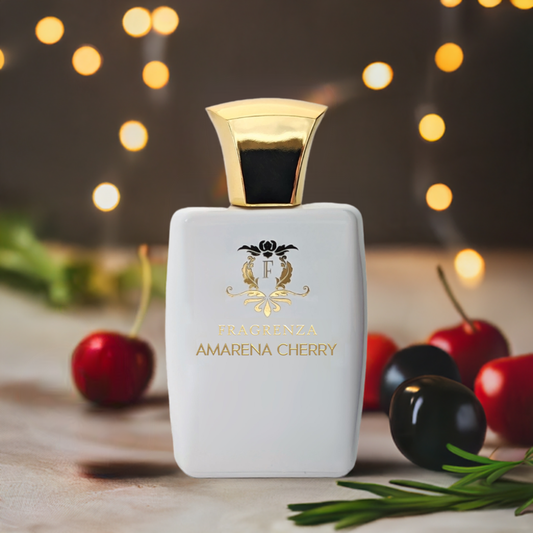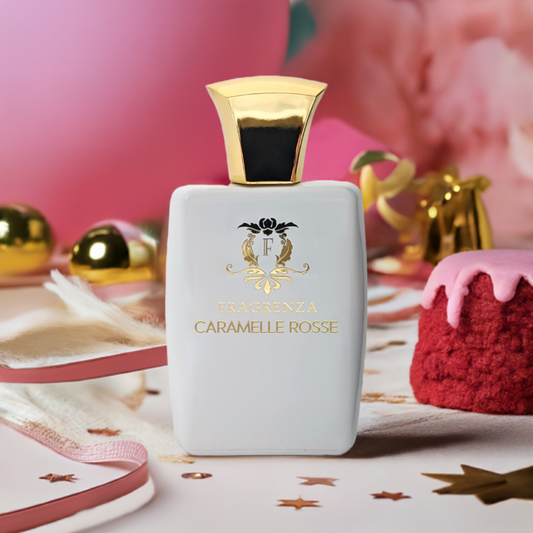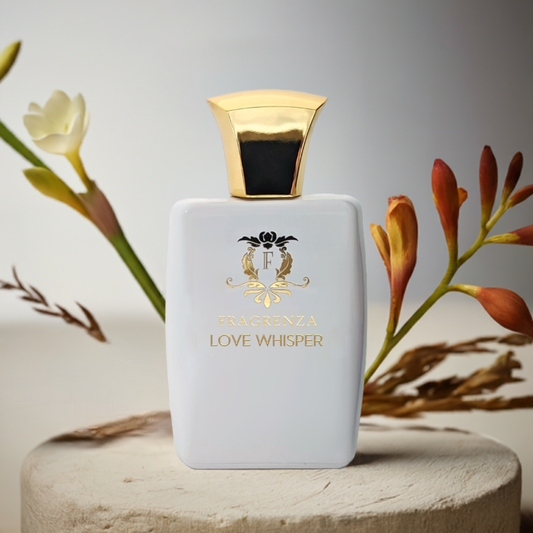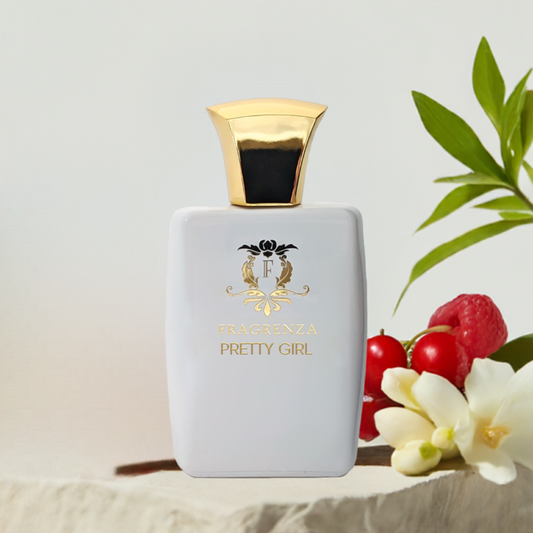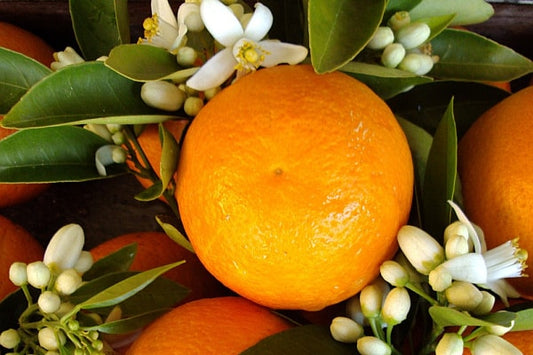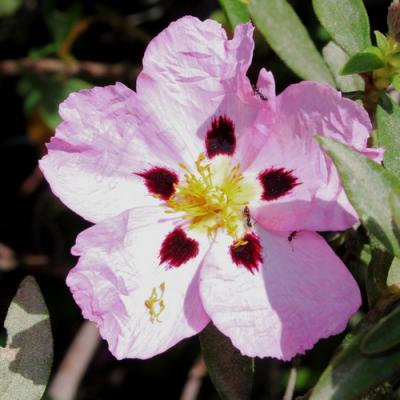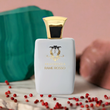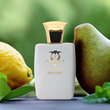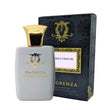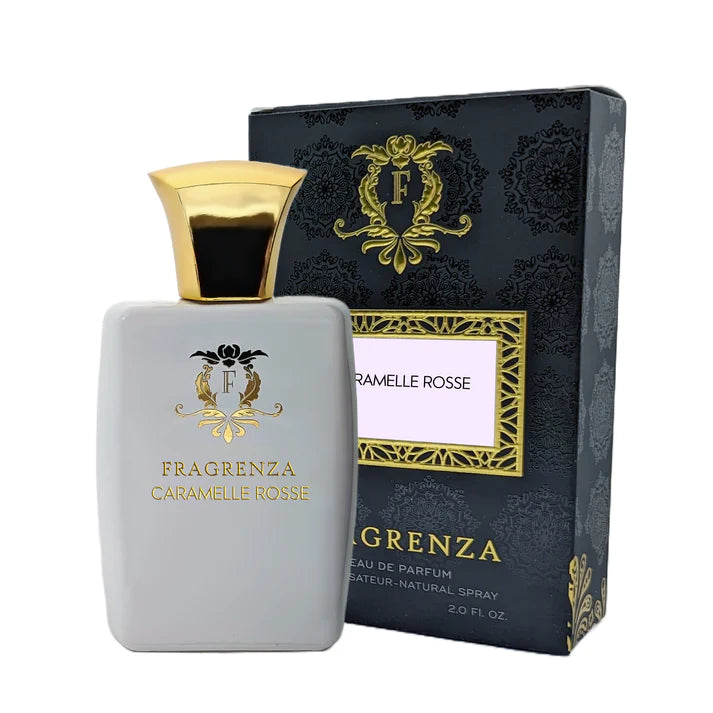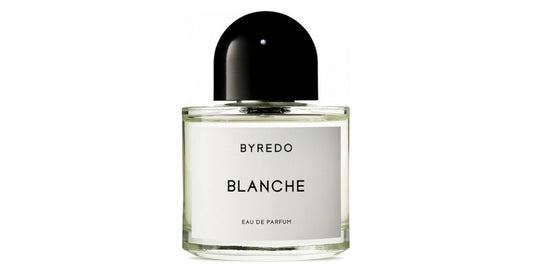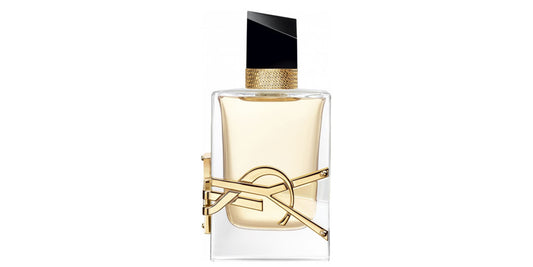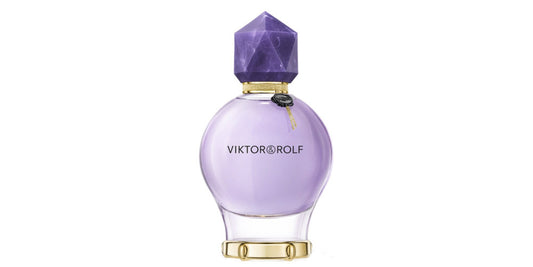Scarlet sage in perfumery

In This Article
Discovering Scarlet Sage: A Versatile Ingredient in Perfumery
Scarlet sage, a herbaceous plant from the Lamiaceae family, is native to southern Europe and western Asia. Growing up to 1.6 meters in cultivated conditions, it features strong stems with glandular hairs containing essential oil. Scarlet sage, with its large, oval leaves and flowers ranging from pale blue to lilac, blooms in June. Besides its ornamental and medicinal uses, the leaves of scarlet sage have been employed to flavor meat dishes, wines, and beers in various cultures.
Fun Fact: An ancient Chinese legend suggests that sage only blooms in the gardens of homes where the woman reigns as a good mistress of the house.
Scarlet sage has found its way into several well-known fragrances, such as Jo Malone London's English Oak &Redcurrant, Dior's Fahrenheit, Calvin Klein's Euphoria Men, Thierry Mugler's Angel, and Jo Malone London's Wild Bluebell. Each of these fragrances highlights different aspects of the scarlet sage note, ranging from sweet and fruity to herbaceous and fresh.
The Captivating Scent of Scarlet Sage
Today, scarlet sage is primarily valued for its scent, cultivated across numerous countries and highly sought after by perfumers. The scent is obtained through steam distillation, but using volatile solvents for extraction yields a concrete and an absolute with a higher percentage of sclareol, which serves as the basis for the artificial production of ambrox. The resulting chypre scent is widely utilized in oriental perfumes or those belonging to the fern family. Moreover, it acts as an excellent fixative, significantly enhancing the longevity of fragrances containing it.
Fun Fact: Scarlet sage has been a key ingredient in several iconic fragrances, such as Clinique's Aromatics Elixir, Armani Code Ice, Chanel's Antaeus, and Hermès' Bel Ami.
Scarlet sage's versatility and captivating scent make it a cherished ingredient in perfumery, adding depth and character to a diverse range of fragrances.
Exploring the Multifaceted World of Scarlet Sage in Perfumery
Scarlet sage's complex scent profile lends itself well to various fragrance styles, enabling perfumers to create unique and intriguing compositions. The note's versatility allows it to harmonize with a wide array of other ingredients, from florals and woods to spices and fruits. Its remarkable adaptability has inspired perfumers to push the boundaries of creativity, resulting in innovative and memorable fragrances.
A Sustainable and Eco-friendly Ingredient
As the demand for sustainable and eco-friendly ingredients in perfumery continues to grow, scarlet sage offers a natural and responsible alternative. Cultivating scarlet sage is relatively low-impact on the environment and supports biodiversity. Moreover, the extraction process is non-destructive, preserving the integrity of the plant while yielding the essential oil.
Fun Fact: Scarlet sage is rich in omega-3 fatty acids, which are known for their numerous health benefits, including supporting brain function, reducing inflammation, and promoting heart health.
Scarlet Sage in Aromatherapy and Personal Care
Beyond its role in perfumery, scarlet sage's essential oil is also used in aromatherapy and personal care products. Its soothing scent is believed to have calming and balancing effects on the mind and body, potentially relieving stress and promoting relaxation. Scarlet sage essential oil can be found in various skincare, haircare, and bath products, providing a luxurious and therapeutic experience for users.
In conclusion, scarlet sage is a versatile and captivating ingredient in perfumery, with a rich history and diverse applications. Its unique scent profile, eco-friendly cultivation, and soothing properties make it an invaluable addition to the world of fragrances and personal care products. As perfumers continue to explore the potential of this remarkable plant, we can anticipate even more innovative and enchanting creations in the future.


